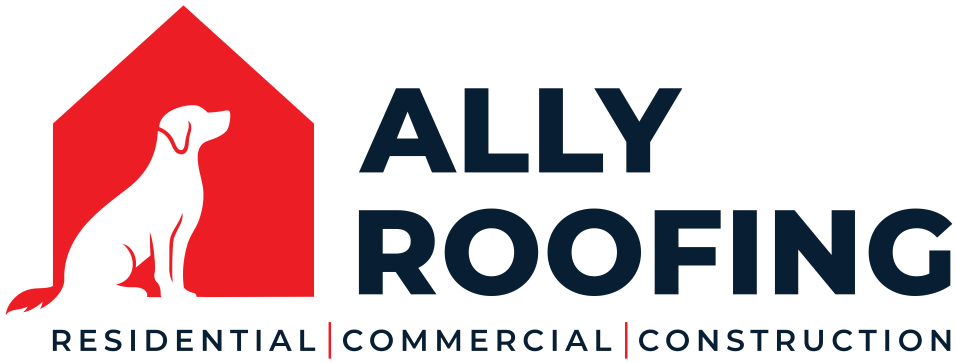There is often confusion surrounding what steps are needed following a flood. Many people do not know the difference between water damage restoration and mold remediation, often assuming they are the same.
It is also true that most homeowners tend to be overly emotional and anxious following a serious water event that reactions are slow. This then results in a lack of remediation ending in subsequent mold damages.
We will provide our professional advice when facing the differences between water damage restoration and mold remediation below.
Water Damage Restoration
You should always address the water damage restoration first when it comes to flood cleanup. This step refers to the drying of all water affected items within the first 48 hours. If you fail to accomplish this step within the allotted time, then mold growth is likely to occur. This puts any fibrous materials such as drywall, carpets, wood, fabrics, paper, cardboard, etc. at risk of contamination.
A DIY approach is fine at the onset of the cleanup but procuring the assistance of a professional contractor is advised. This allows them to begin the complex drying process immediately, which requires industrial equipment like dehumidifiers, air movers, and fans.
Dehumidifiers remove the residual moisture from the air. Air movers will rapidly move the air about which increases the rate of moisture evaporation from the water damaged materials. This process can dry wet floors, wet carpets, wet walls, wet furniture and any other flood-damaged areas. These, as well as fans, are generally used in air circulation.
Mold Remediation
If your swift efforts in water damage restoration are in vain, then mold will begin to grow. At this point, mold remediation is necessary as well as the help of a mold remediation contractor. Why would you need a professional service? Time is critical and you will need to act accordingly in order to prevent the mold from spreading. So, unless you are a professional, a DIY mold removal project is not recommended. A professional will be needed in order to minimize damage to your property and maximize mold protection.
As in water damage restoration, professionals use high-grade industrial equipment to clean and rid your home of mold as well as all mold spores from the air. This ensures the preservation of safe indoor air quality in your home.
In the end, water damage restoration is the process of drying your home and belongings before mold remediation is ever necessary. Mold remediation is the result of reacting to slow to address the water damage problem.
It always pays to be well prepared for whatever the future brings. This is also why you should have a restoration company you know and trust. Mission Restorations has experts in fire, water, and mold restoration. If ever in need of services, don’t hesitate to call the best damage restoration team in Charlotte and its surrounding areas at 704-727-2000.




I didn’t know that time is critical and you will need to act accordingly in order to prevent the mold from spreading. My parents moved to a new house and there are signs of mold. My brother suggested mold restoration and shared this article with them.
I just wanted to thank you for helping me learn more about water damage restoration and mold remediation. I actually didn’t know that time is so critical when it comes to mold because it could help mold from spreading. I wonder if this means you should find a service that can respond quickly in emergency situations.
My husband and I recently moved into a new house, and after further inspection of the basement, we found mold in need of removal. Your article was very helpful in sharing the different types of services we might need for our home, and I had no idea you could avoid mold remediation in the first place by getting water damage restoration immediately after a flood. Thanks for the great article, we’ll be sure to take your advice into consideration when removing the mold in our home.